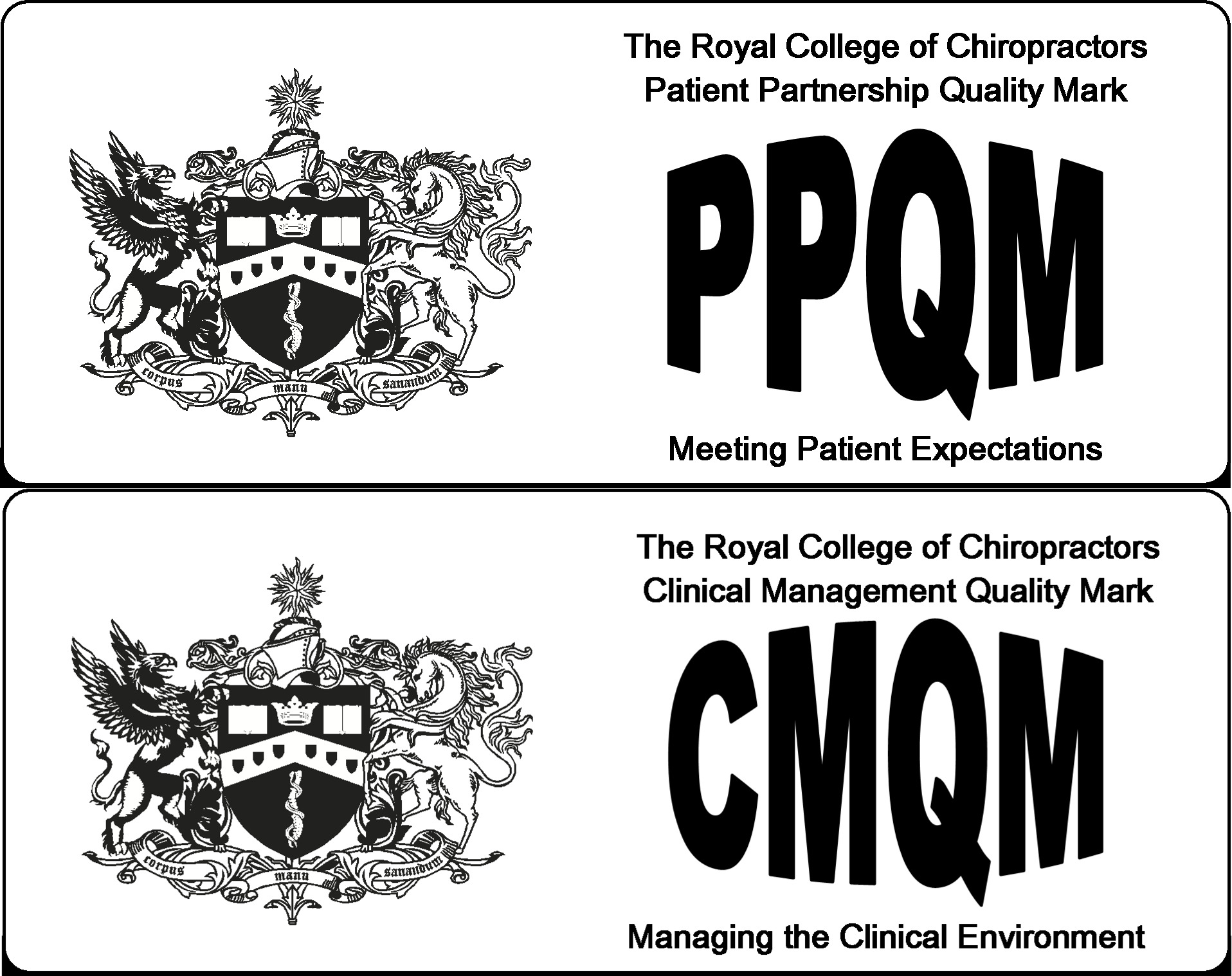Among all forms of chiropractic treatment for lower back pain, spinal manipulation is the most popular and well-known. But, did you know that there are many different forms of spinal manipulation?
Many people opt for chiropractic for low back pain due to its non-invasive, drug-free nature. Apart from common adjustments, chiropractors can administer different forms of treatment to improve your spine’s health and reduce pain.
In this blog, we’ll answer questions such as, “what does a chiropractor do for back pain?” and give you a brief overview of some common chiropractic treatments for lower back pain. Keep reading to learn more.
What Does A Chiropractor Do For Back Pain?
Chiropractors are experts when it comes to the body’s musculoskeletal and nervous systems. With a holistic focus on the body’s bones, cartilage, ligaments, tendons and connective tissues, chiropractors are able to identify the root cause of issues and treat them accordingly.
Each case is different, and chiropractors make sure to come up with bespoke treatments for their patients. This means they specifically cater to your body’s needs. What a chiropractor can do for back pain depends on your condition and the underlying cause of your pain. In most cases of lower back pain, lifestyle and diet changes need to be made. After a chiropractor diagnoses your issue, they’ll give you a treatment plan that focuses on rehabilitation and exercise.
A huge part of chiropractic treatment for lower back pain is spinal manipulation, as we mentioned earlier. Spinal manipulation is an effective way to keep the musculoskeletal system aligned and reduce pain over time.
Common Chiropractic Treatments for Lower Back Pain
Now that you know what a chiropractor can do for back pain… Let’s take a look at some of the most common chiropractic adjustments and manipulations used:
1) Toggle Drop:
With this method, neck pain can be relieved by applying a swift, precise thrust to a particular region of the spine. The chiropractor crosses his or her hands and then applies a toggle drop, employing the controlled motion to increase flexibility in the vertebral joints.
2) Motion Palpation:
Motion palpation is a diagnostic tool, not an adjustment. It’s a technique for looking at the spine to spot any parts of the spinal column that are misaligned or unable to move freely.
The chiropractor guides the patient through a series of movements after positioning his or her hands at precise points along the spine as part of the procedure. To find any locations that are out of alignment, the chiropractor will feel the entire spinal column from the lumbar to the thoracic regions.
3) Lumbar Roll:
The lumbar roll is one of the most popular chiropractic treatments for lower back pain.
In this method, the patient is made to lie on their side while the chiropractor stands on the front plane of the body. They then apply a fast, precise thrust to the affected area, realigning the vertebrae and releasing tension.
4) Release Work:
Chiropractic release work consists of applying light pressure throughout the spine to gradually separate the vertebrae, promote free motion of the spinal column, and lessen discomfort.
5) Table Treatments:
For this kind of spinal manipulation, a table with a drop component is used; a section of the table actually sinks below the rest. The patient is examined by the chiropractor before this adjustment to make sure their body is in the right position. The drop component of the table lowers down at the same time that the chiropractor provides a quick thrust to the misaligned spot.
The chiropractic adjustment is more comfortable for both the patient and the doctor since the table’s descent allows the force from the adjustment to disperse.
While many manual adjustments require twisting the back, table adjustments do not. This approach is incredibly specialised and highly effective, but it also calls for specific tools and knowledge. Table adjustments are excellent for realigning the spine and promoting overall mobility while alleviating back pain.
6) Adjustments Using Instruments:
This moderate form of spine manipulation does not include as much physical contact as the methods previously mentioned. While the patient is face down on the table, the chiropractor adjusts the spine using a spring-loaded activator device.
The device offers a delicate way to release the vertebrae, and it can also be applied to the extremities to promote ideal alignment.
7) Flexion-Distraction Technique:
This common technique may help those with low-back discomfort or leg pain brought on by disc problems.
The patient begins by lying on a table that has been particularly made to extend the spine. The damaged discs are isolated by the chiropractor, who then gently rhythmically “pumps” the spine in that region. This should be completely painless.
To help patients manage the discomfort brought on by lower back disc problems, chiropractors will usually prescribe exercises to perform at home.
8) Pelvic Blocking:
Pelvic blocking is another method of treatment for people with disc-related low back pain. The chiropractor starts making precise, delicate adjustments that allow gravity to induce disc and nerve separation and reduce discomfort.
This tactic is mild and non-coercive, which makes room for healing.
Visit Amersham chiropractic






